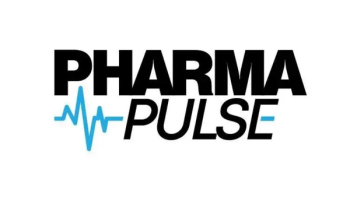
- Pharmaceutical Commerce - April 2010
FDA's DDMAC Takes Another Stab at Enforcing Fair Balance in Drug Advertising
Agency strives to balance risks and benefits in how drugs are presented in direct-to-consumer (DTC) campaigns
FDA’s latest attempt at policing how pharma companies advertise their products to consumers appeared in the March 29 edition of the Federal Register. The proposed rule (75FR15376) would require that the “major statements” relating to the side effects or risks of a prescription drug be presented in a “clear, conspicuous and neutral manner” in all television and radio ads. The new rule also would establish a set of standards by which ads would be deemed “clear, conspicuous and neutral” by the FDA, including:
1) Information is presented in language that is readily understandable by consumers;
2) Audio information is understandable in terms of the volume, articulation and pacing used;
3) Textual information is placed appropriately and is presented against a contrasting background for sufficient duration and in a size and style of font that allows the information to be read easily; and
4) The advertisement does not include distracting representations (including statements, text, images, or sounds or any combination thereof) that detract from the communication of the major statement.
“Distracting representations”—say goodbye to side-by-side bathtubs by the shore?
So the question is, will these proposed regulations, if enacted, change everything or nothing? In its Federal Register notice, FDA’s Division of Drug Marketing, Advertising and Communications (DDMAC) examined a randomly selected sample of 35 television and radio drug ads from 2008 and found that one-third could be judged in violation of the proposed rule.
The proposed rule is open to public comments until June 28. In addition to general comments, the FDA has specifically asked for public input on whether the final rule also should include a standard requiring major statements to be presented in both the audio and visual parts of the ad. The FDA is also soliciting information on its estimated cost of compliance.
Articles in this issue
over 15 years ago
PBMs contact Congress over proposed USPS five-day delivery scheduleover 15 years ago
FDA puts a spotlight on cargo theft of life sciences productsover 15 years ago
New study sets benchmark for post-marketing surveillance processNewsletter
Stay ahead in the life sciences industry with Pharmaceutical Commerce, the latest news, trends, and strategies in drug distribution, commercialization, and market access.





